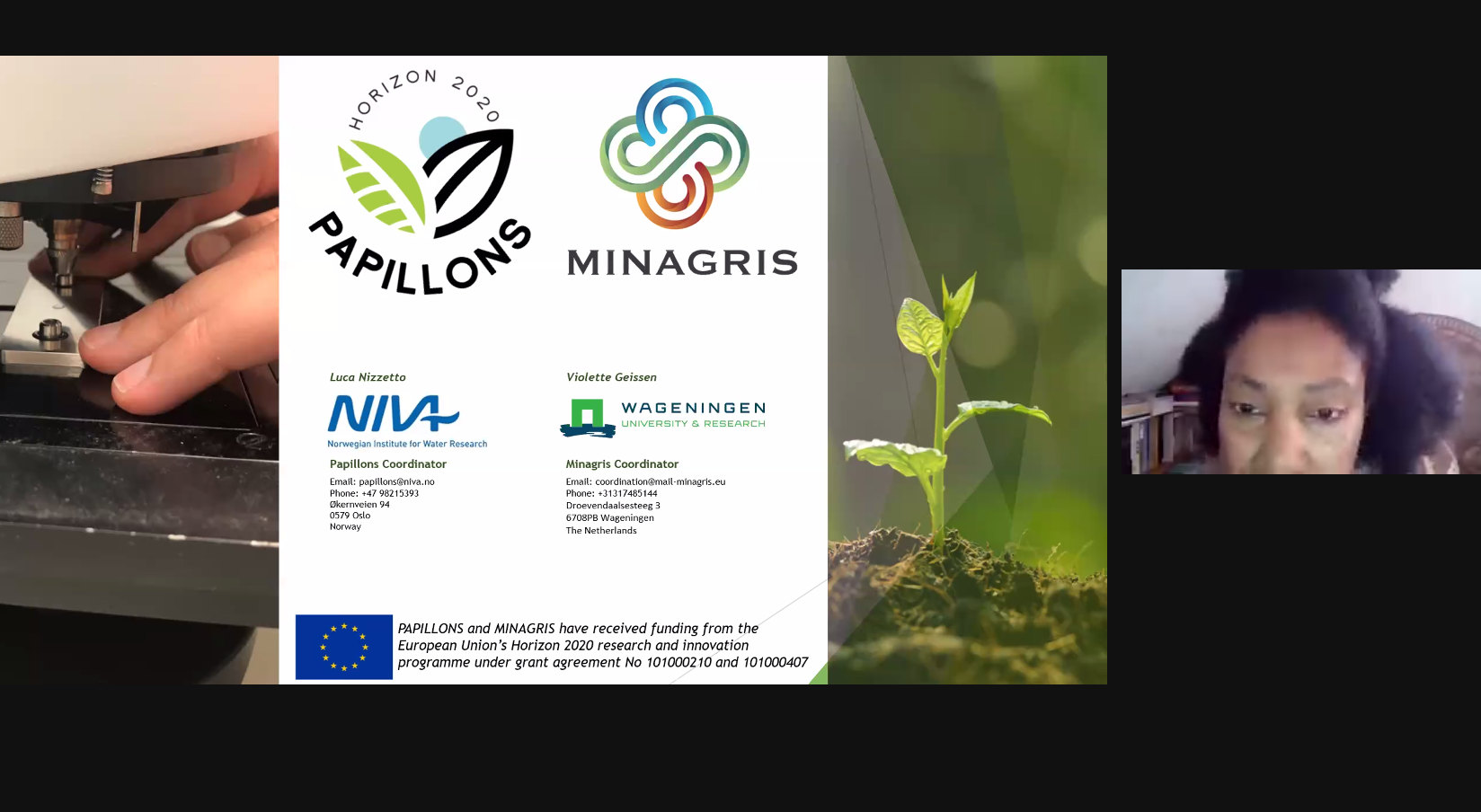
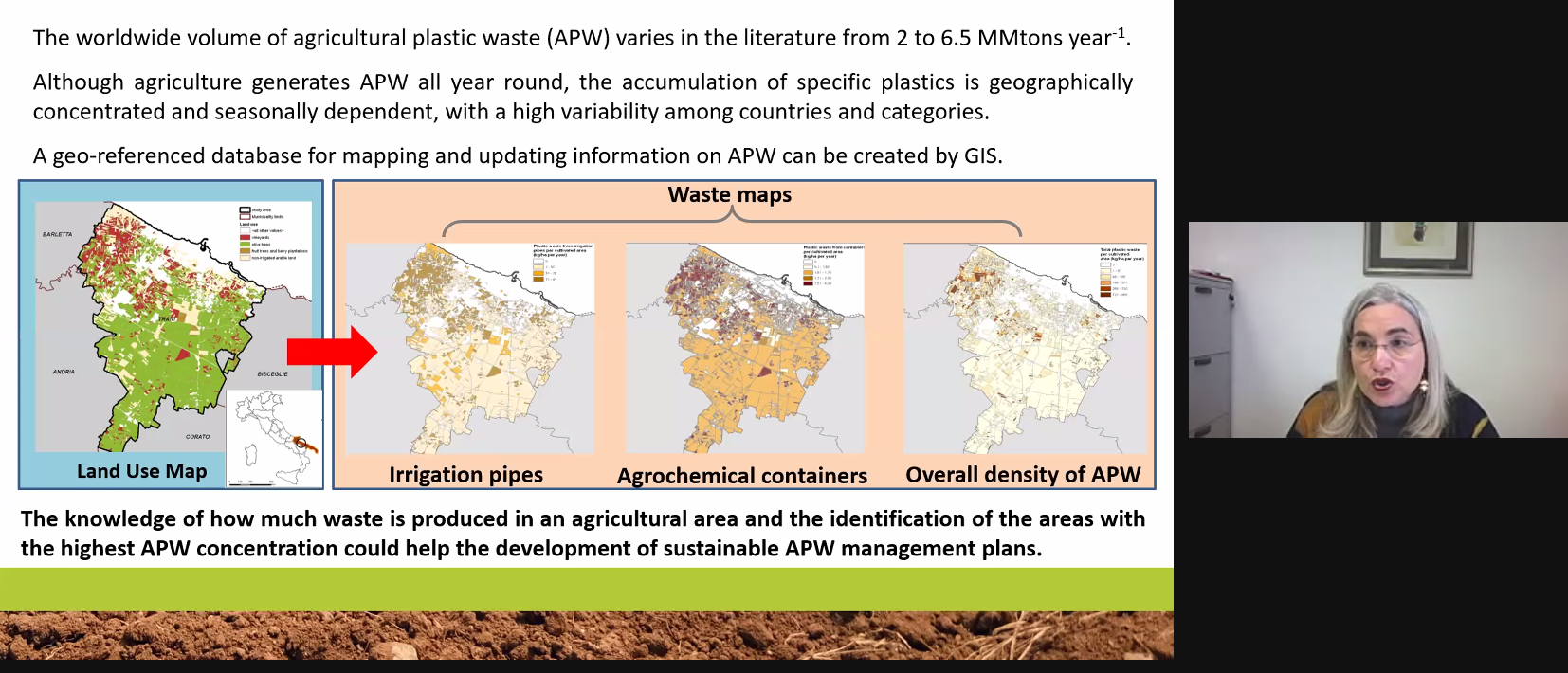
On the 28th of March 2022, a first joint stakeholder forum meeting was organized between the MINAGRIS and PAPILLONS research projects.
Both projects are funded by the European Union’s Horizon 2020 Programme for research & innovation with the aim to deepen our knowledge and understanding on the impact of plastic debris in agricultural soils.
Given the overlap between the scientific research and interested stakeholders in the process, the two projects have decided to work together and hold a common meeting for the first time in front of a shared audience in order to present some preliminary findings from both projects. The workshop was organized for high level stakeholders and experts working at a European or international level on any aspect of agricultural plastics that impact the soil (plastic production, plastic alternatives, recycling, agricultural production, policy, campaigns).
After a presentation of both projects, the program was the following:
Preliminary findings from the MINAGRIS inventory of agricultural plastic use across Europe – Fresia Alvarado Chacon (WUR) (MINAGRIS)
Presentation of European Atlas of Agricultural Plastic Materials – Evelia Schettini (UNIBA) (PAPILLONS)
Preliminary findings from farmer surveys in the MINAGRIS – Joelle Herforth-Rahmé, (FIBL) (MINAGRIS)
The meeting involved an interactive session with stakeholders on their information needs and sources for best practice in agricultural plastic use and a discussion with an intervention from a representative of DG ENVI on early policy recommendations and how to provide a suitable landscape to enable risk assessment processes at EU policy level.


From the PAPILLONS side, Evelia Schettini has introduced the concept of a European Atlas of Agricultural Plastic Materials, and the information needs to prepare this Atlas.
She started by underlining how plastics are used in agriculture and the need to have a correct disposal of plastics used in agriculture, otherwise we might have environmental problems.
It became clear that the knowledge of how much waste is produced in an agricultural area and the identification of the areas with the highest agricultural plastic waste (APW) concentration could help the development of sustainable agricultural plastic waste management plans.
She continued by describing on how the quantity of APW in a geographical area is estimated by means of Plastic Waste Indexes (PWI). This PWI shall be evaluated based on agricultural activity and plastic application typology.
Combining data, maps can be created, which can be useful for:
Therefore, if you wish to send data (what plastics are used for; which cultivations/agricultural activities are targeted by AP; polymer types for each AP application; AP quantities; lifetime duration), please contact: [email protected]
Following up concerning PAPILLONS, besides the presentation of European Atlas of Agricultural Plastic Materials, we were able to showcase some of our preliminary findings from multiple WPs. These presentations included:
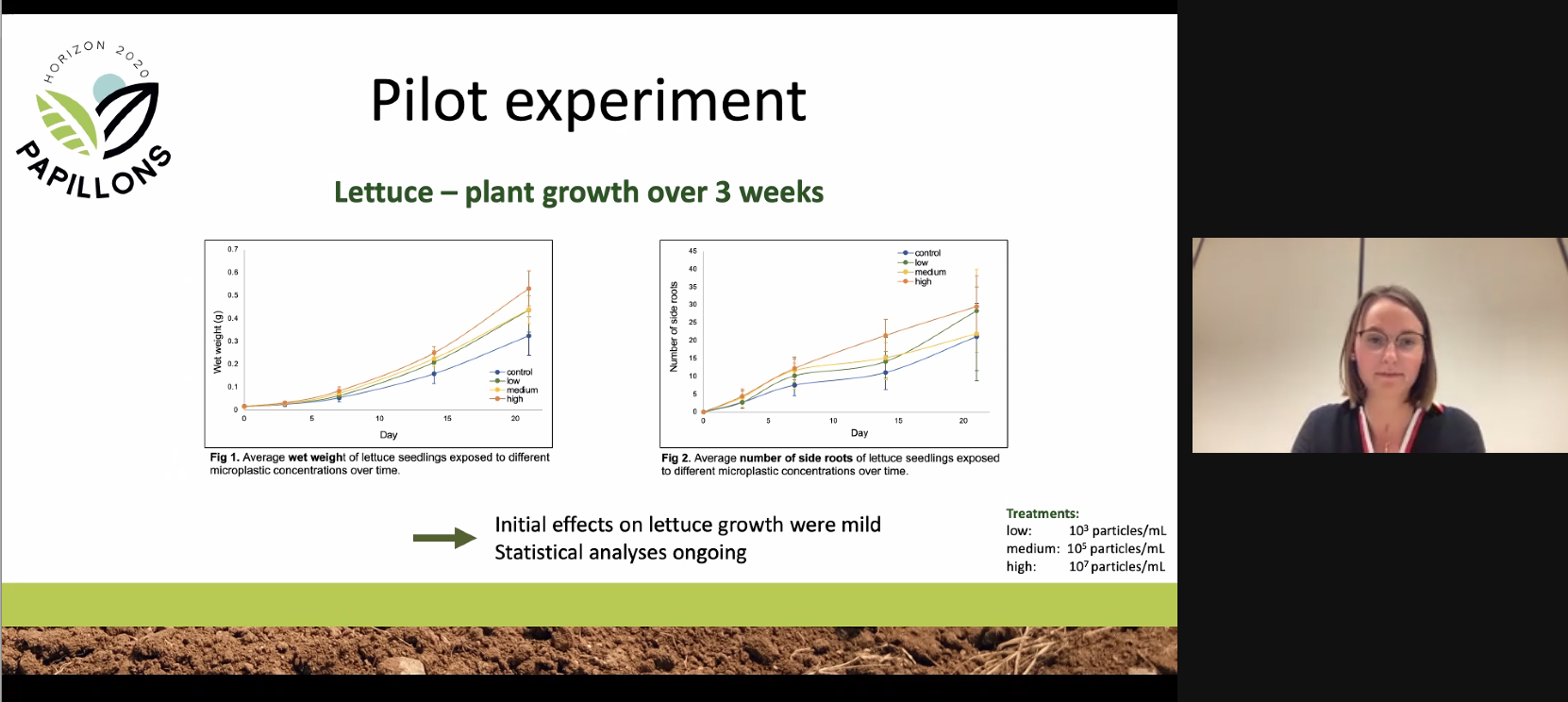
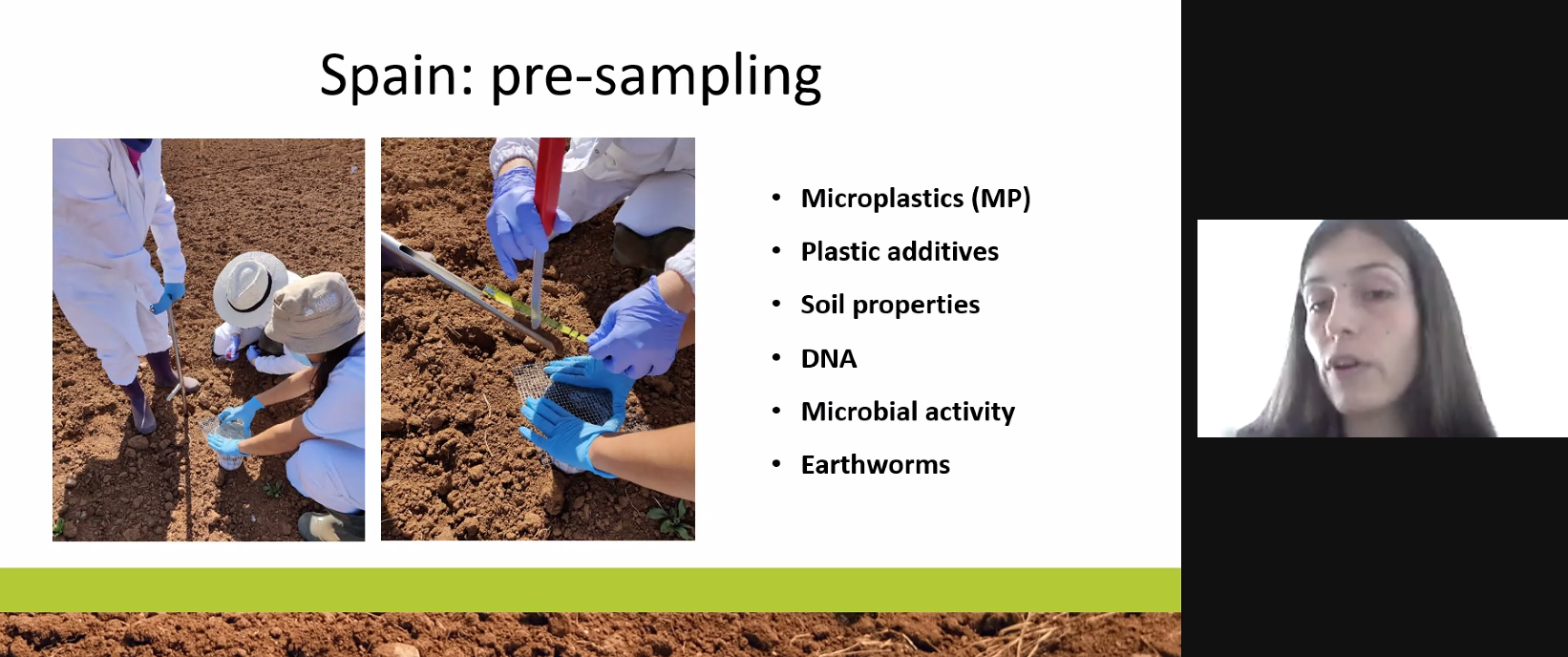
Sabrina Carola Carroccio has described the complex nature of plastics, and the relation of additives and chemical characterisations for agricultural plastics. She underlined that if plastics are not managed well they can cause harm, therefore they are planning to establish the fate of each plastic component to gain useful information of agricultural plastic management.
Paula Redondo Hasselerharm presented PAPILLONS’ field-scale experiments. As stated before, the aim of this large field-scale experiment is to study the potential effects of mulching film residues on soil ecosystems and their agricultural production. The experiment will take place over the course of two years (2022–2023) and will be simultaneously conducted in three European countries: Spain, Germany, and Finland. She described the design of the experiment (such as the amount of concentration and microplastic types) and how pre-sampling was done in Spain with the addition and mixing of MPs by using a rotavator for the first 10 cm of soil.
Laura Zantis has concluded the section by giving an overview on the impacts of microplastics and biolastics on plants. She first underlined how novel the research field is, and continued by explaining their approach to understand the mechanism of how microplastic is affecting plant growth and other development parameters. She highlighted their single species tests to see over the long term the direct effect of microplastics on plants.
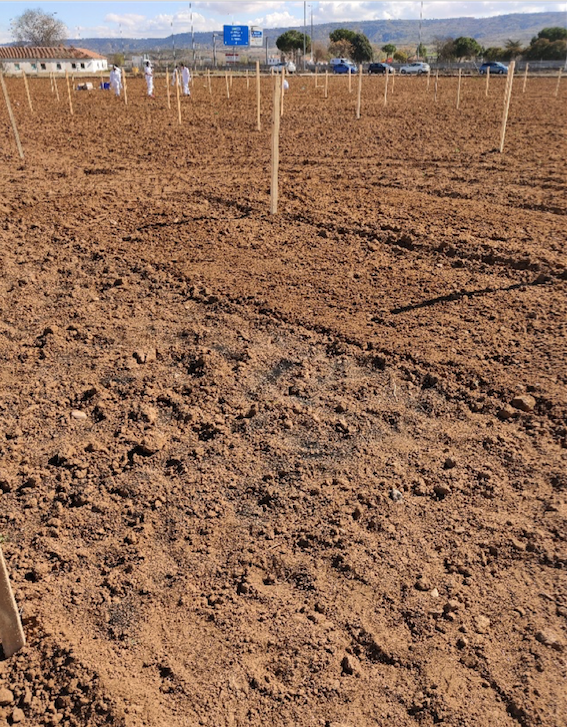
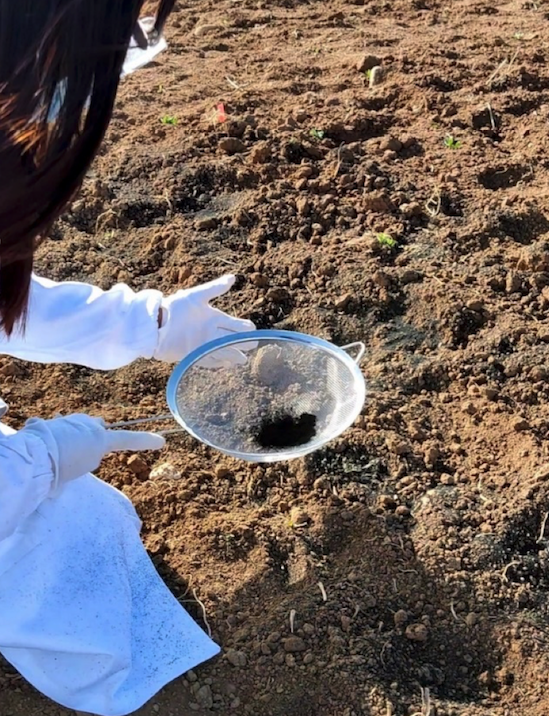
We would like to thank the organizers and presenters for all their hard work, and most importantly all the stakeholders for their active participation and inputs!
Stay tuned, because there will be more common events in the future in order to limit the knowledge gap on agricultural plastics! As always, don’t forget to subscribe to receive our latest news!